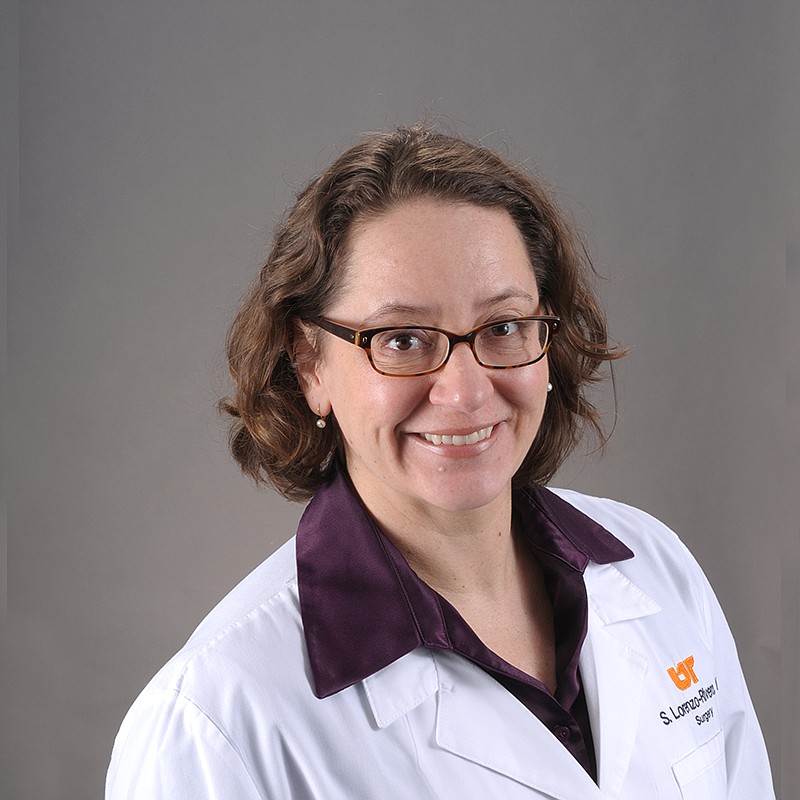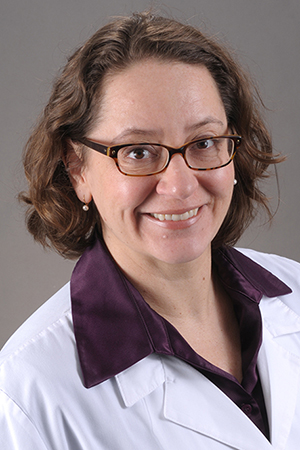What is diverticulitis, and how is it treated?
A: Diverticula are pockets that develop in the colon wall, usually in the sigmoid or left colon, but can involve the entire colon. Diverticulosis describes the presence of these pockets. Diverticulitis describes inflammation of these pockets. The major symptoms of diverticular disease are abdominal pain (usually in the lower left abdomen), diarrhea, cramps, change of bowel habits and, occasionally, rectal bleeding.
It is believed that a low-fiber diet over the years creates increased colon pressure and results in pockets or diverticula. Diverticular disease is usually treated by diet and occasionally medications to help control pain, cramps and changes in bowel habits. Increasing the amount of dietary fiber (grains, legumes, vegetables) reduces complications.
Diverticulitis requires more intense management. Mild cases may be managed without hospitalization, but this is a decision made by your physician. Treatment usually consists of oral antibiotics, dietary restrictions and possibly stool softeners. Severe cases require hospitalization with intravenous antibiotics and strict dietary restraints. Most acute attacks can be relieved with such methods. Surgery is reserved for recurrent episodes, complications or severe attacks.
- Dr. Shauna Lorenzo-Rivero, M.D., colorectal surgeon, University Surgical Associates

